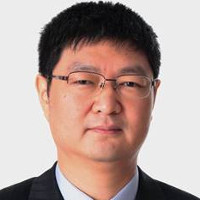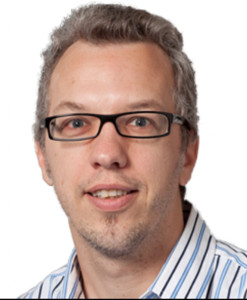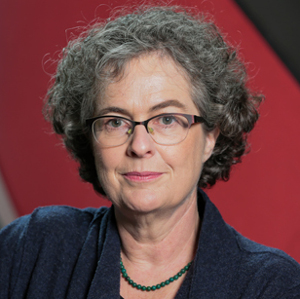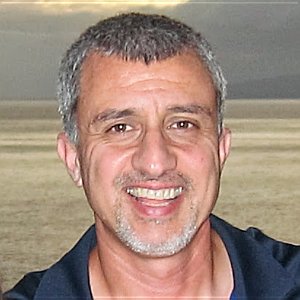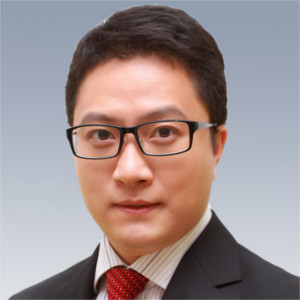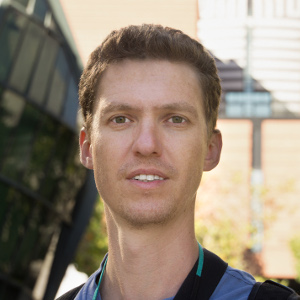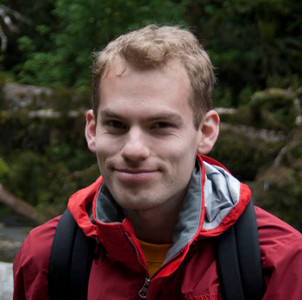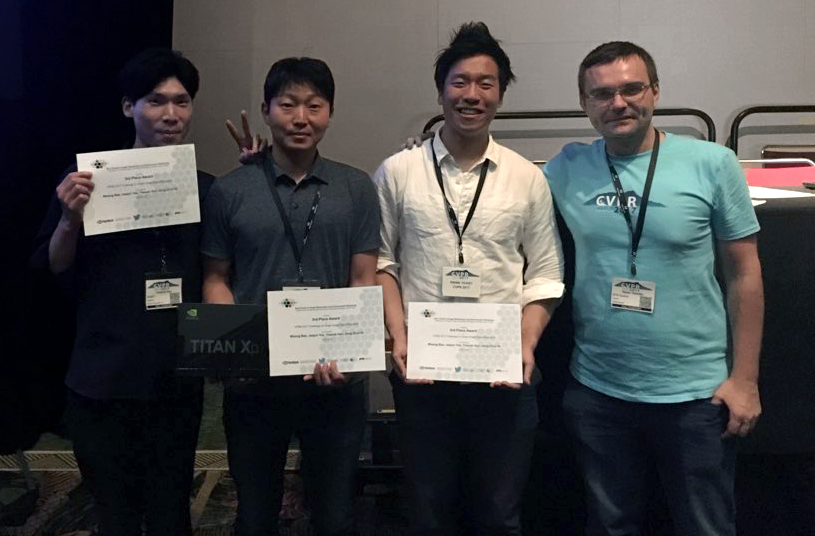07:30
Poster setting (all papers have poster panels for the whole day)
Locally Adaptive Color Correction for Underwater Dehazing and Image Matching
Codruta O. Ancuti, Cosmin Ancuti, Christophe De Vleeschouwer, Rafael Garcia
Depth-Stretch: Enhancing depth perception without depth
Hagit Hel-Or, Yacov Hel-Or, Renato Keshet
FAST: A Framework to Accelerate Super-Resolution Processing on Compressed Videos
Zhengdong Zhang, Vivienne Sze
Fast external denoising using pre-learned transformations
Shibin Parameswaran, Enming Luo, Charles-Alban Deledalle, Truong Q. Nguyen
FormResNet: Formatted Residual Learning for Image Restoration
Jianbo Jiao, Wei-Chih Tu, Shengfeng He, Rynson W. H. Lau
Reflectional and Rotational Invariances in Single Image Superresolution
Simon Donne, Laurens Meeus, Hiep Quang Luong, Bart Goossens, Wilfried Philips
Image Super Resolution Based on Fusing multiple Convolution Neural Networks
Haoyu Ren, Mostafa El-Khamy, Jungwon Lee
PaletteNet: Image Recolorization with Given Color Palette
Junho Cho, Sangdoo Yun, Kyoungmu Lee, Jin Young Choi
SRHRF+: Self-Example Enhanced Single Image Super-Resolution Using Hierarchical Random Forests
Jun-Jie Huang, Tianrui Liu, Pier Luigi Dragotti, Tania Stathaki
Image Denoising via CNNs: An Adversarial Approach
Nithish Divakar, R. Venkatesh Babu
Multi-Resolution Data Fusion for Super-Resolution Electron Microscopy
Suhas Sreehari, S. V. Venkatakrishnan, Katherine L. Bouman, Jeff P. Simmons, Larry F. Drummy, Charles A. Bouman
NTIRE 2017 Challenge on Single Image Super-Resolution: Dataset and Study
Eirikur Agustsson, Radu Timofte
NTIRE 2017 Challenge on Single Image Super-Resolution: Methods and Results
Radu Timofte, Eirikur Agustsson, Luc Van Gool, Ming-Hsuan Yang, Lei Zhang, et al.
Enhanced Deep Residual Networks for Single Image Super-Resolution
Bee Lim, Sanghyun Son, Heewon Kim, Seungjun Nah, Kyoung Mu Lee
Beyond Deep Residual Learning for Image Restoration: Persistent Homology-Guided Manifold Simplification
Woong Bae, Jaejun Yoo, Jong Chul Ye
A Deep Convolutional Neural Network with Selection Units for Super-Resolution
Jae-Seok Choi, Munchurl Kim
Balanced Two-Stage Residual Networks for Image Super-Resolution
Yuchen Fan, Honghui Shi, Jiahui Yu, Ding Liu, Wei Han, Haichao Yu, Zhangyang Wang, Xinchao Wang, Thomas S. Huang
Fast and Accurate Image Super-Resolution Using A Combined Loss
Jinchang Xu, Yu Zhao, Yuan Dong, Hongliang Bai
Deep Wavelet Prediction for Image Super-resolution
Tiantong Guo, Hojjat Seyed Mousavi, Tiep Huu Vu, Vishal Monga








